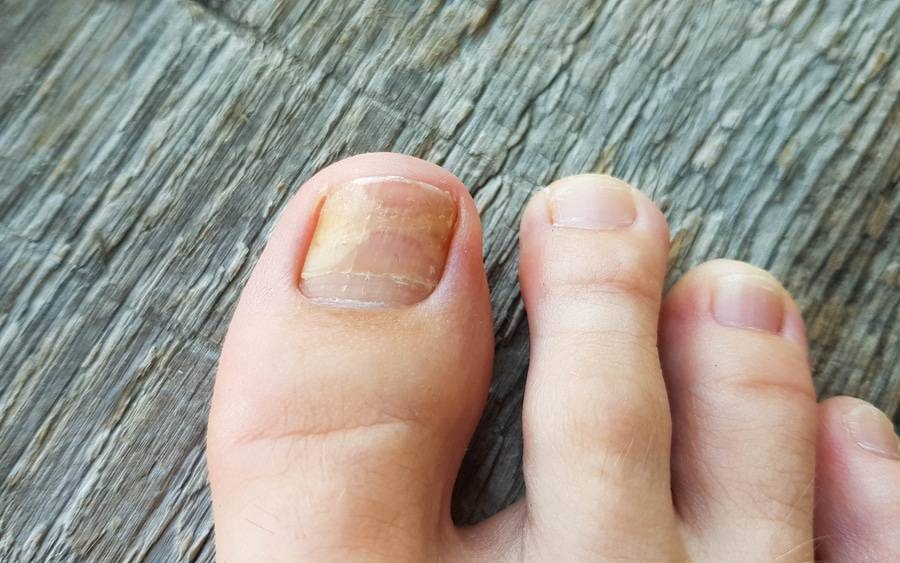This article will provide information about the Symptoms, diagnosis, and treatment options for superficial onychomycosis. It will also explain why it is important to take antifungal medications and how to avoid the adverse side effects that may occur. Listed below are the best option for white superficial onychomycosis treatment.
Treatment options:
If you’ve ever been diagnosed with toenail fungus, you may be wondering how to treat superficial onychomycosis. Fungal nail infection is a common skin and nail problem caused by a fungus. The nail plate anchors and protects the nail bed, and if you have this condition, the infection can affect the surrounding soft tissue and lead to permanent nail matrix scarring. If you’ve been wondering how to treat superficial onychomycosis, you’ve come to the right place. You can use several methods to treat this infection, including oral medications and topical solutions.
One method is to apply Vicks ointment to infected nails twice a day. It takes several months to see results from this treatment, so be patient and stick with it. You can also use rubbing alcohol to kill the fungus at the surface level of the skin. Applying it directly to the infected nail and toenail can help, as does soaking your feet in 70 percent rubbing alcohol in water.
Symptoms:
Solar onychomycosis is a fungal infection of the nail plate and the nail bed. Symptoms can range from mild to severe and can cause pain, discoloration, and even nail deformity. Treatment of onychomycosis involves oral terbinafine or itraconazole. Approximately 10% of the population has onychomycosis.
Although superficial onychomycosis is not life-threatening, it can make an individual susceptible to secondary bacterial infections. Patients with weakened circulation and other medical conditions are at higher risk for this type of infection. A recurring condition can also affect a person’s daily life and occupation. Sixty to seventy-four percent of those diagnosed with the disease report lower self-esteem and embarrassment.
Diagnosis:
A positive culture or direct microscopy for onychomycosis does not rule out the disease. Typically, the debris in the onycholysis area is thick and coarse with a sparse hyphae pattern. A second step to confirm the diagnosis is dermoscopy, which shows an irregular margin of the onycholysis area with spikes that project into the proximal nail plate, or an “aurora borealis” pattern.

